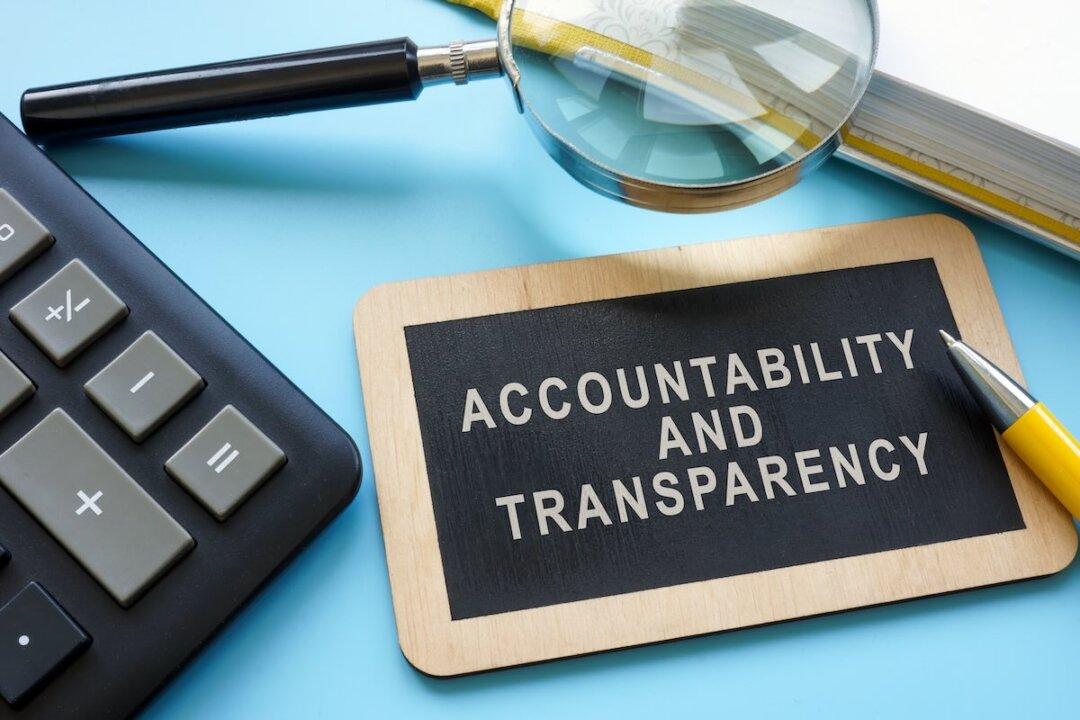Commentary
Alberta’s six-month pause on approvals for large renewable energy projects appeared to come out of left field. Alberta has been considered Canada’s leader in wind and solar projects as developments spring up around the province. Billions of dollars are being invested, thousands of jobs created, and emissions ostensibly are being reduced.





